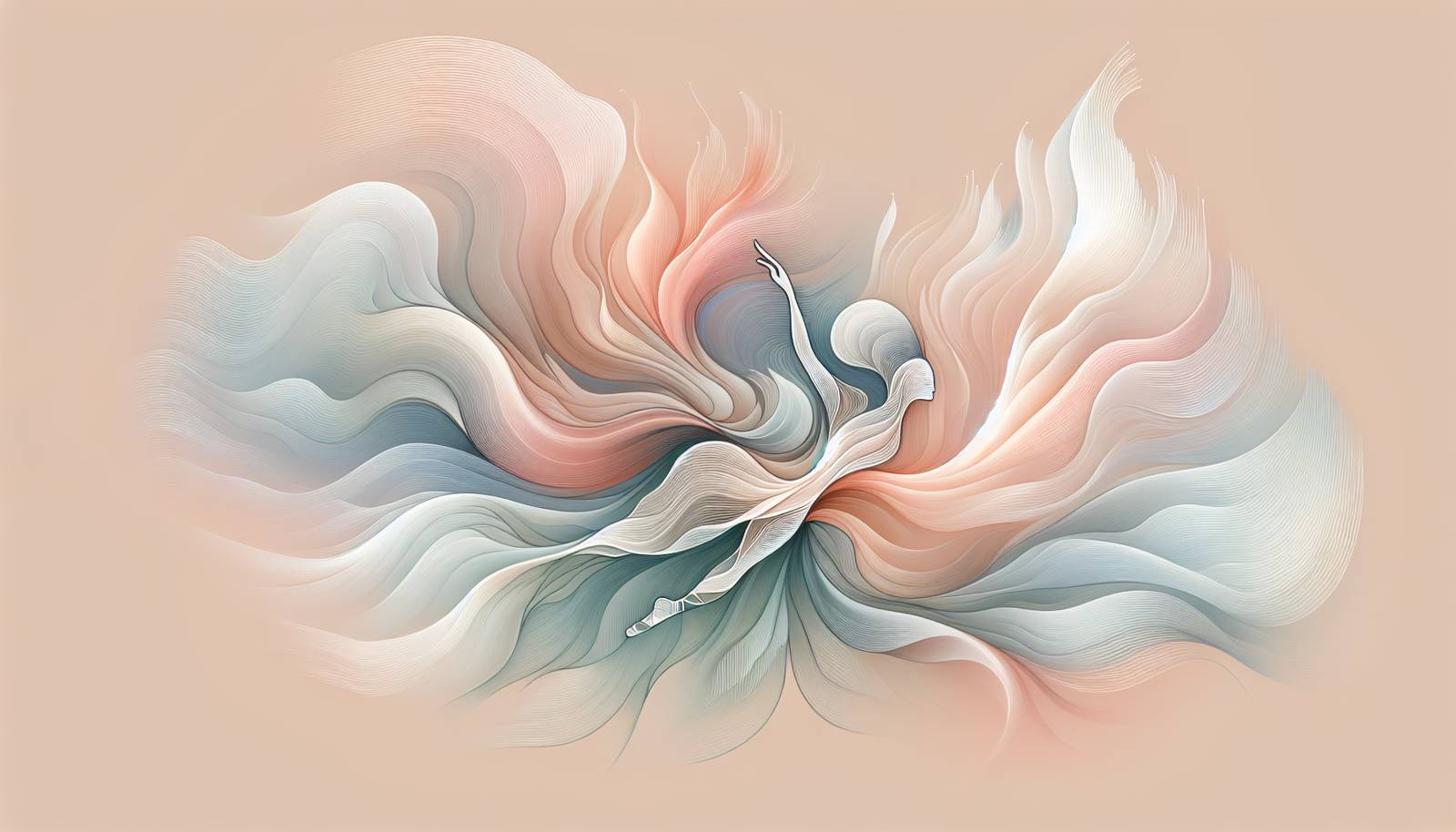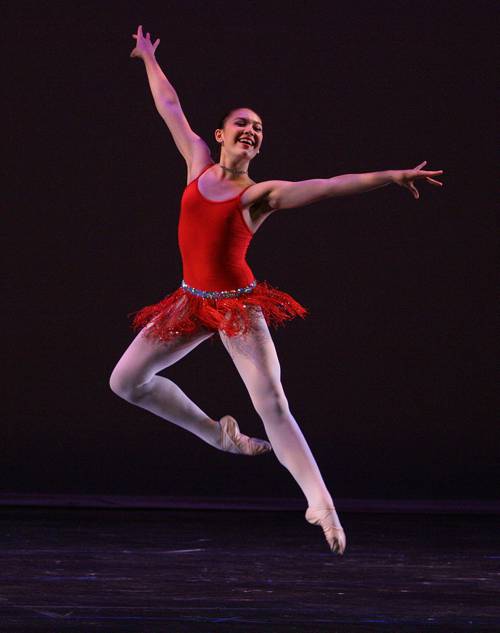
FAQ About The Evolution of Classical Ballet into Modern Interpretations

What is classical ballet?
Classical ballet is a traditional form of ballet that originated in the Italian Renaissance courts. It is characterized by its rigorous technique, graceful movements, precise formations, and specific vocabulary of steps and poses. The form has been developed over centuries, notably in France and Russia, and is known for its strong emphasis on upper body posture, turnout of the legs, and a mix of slow, expressive movements and more energetic, jumping actions.

How did classical ballet evolve into modern ballet?
The evolution of classical ballet into modern forms began in the early 20th century as artists sought to break away from the rigid structure of traditional ballet. Pioneers like Isadora Duncan and Martha Graham introduced more fluid and natural movements, allowing for greater expression and individual artistry. Over time, choreographers blended classical techniques with contemporary styles, experimenting with freer, more expressive dance forms that reflected modern social themes and aesthetic sensibilities.

Who are some key figures in the transition from classical to modern ballet?
Key figures in this transition include choreographers such as George Balanchine, who introduced neoclassical ballet that focused on pure dance and abstract movement, and Martha Graham, whose modern dance techniques emphasized emotional expression and natural movement. Other significant contributors include Rudolf Nureyev, who expanded the role of male dancers, and Twyla Tharp, known for blending ballet with other dance forms like jazz and pop.

What is the difference between classical and modern ballet?
Classical ballet is rooted in traditional, structured forms characterized by technical precision, strict positions, and specific attire such as tutus and pointe shoes. Modern ballet, on the other hand, embraces a more fluid and expressive style, often incorporating diverse influences from other dance genres like jazz, contemporary, and even street dance. Modern ballet also tends to prioritize individual expression and often features more abstract and thematic performances.

What styles have influenced modern ballet?
Modern ballet has been influenced by a wide range of styles, including contemporary dance, jazz, hip-hop, folk dances, and even non-western movement practices. These influences allow choreographers to bring a fresh perspective and dynamism to ballet, making it more accessible and resonant with modern audiences. This blending of styles often results in innovative choreography that challenges traditional boundaries.

What role does contemporary ballet play in today's dance world?
Contemporary ballet plays a critical role as a bridge between the precision and discipline of classical ballet and the innovative, expressive possibilities of modern dance. It attracts a broad audience by addressing current themes and incorporating modern music and multimedia elements. Companies dedicated to contemporary ballet, such as Alvin Ailey American Dance Theater and the Nederlands Dans Theater, continue to push creative boundaries and redefine the art form.

How does the training differ between classical and modern ballet?
Training for classical ballet is highly structured and focuses on technique, strength, and flexibility, with a strict curriculum including barre exercises, floor work, and pointe work. Modern ballet training, while still rigorous, often includes a broader range of techniques and styles, encouraging creativity and emotional expression. Students might study contemporary dance methods and other dance forms such as jazz or hip-hop alongside traditional ballet techniques.

What are some famous modern ballet performances?
Some famous modern ballet performances include "The Rite of Spring" by Pina Bausch, which challenges conventional storytelling through dance, and "In the Upper Room" by Twyla Tharp, known for its energetic blend of ballet and pop music. Another notable example is "Chroma" by Wayne McGregor, which uses innovative lighting and staging to create a striking visual experience. These performances push the boundaries of traditional ballet, bringing a fresh and exciting perspective to audiences.

How is music selection different in modern ballet compared to classical ballet?
In classical ballet, the music selection is typically orchestral and follows a traditional score, with historical compositions often being the centerpiece. In modern ballet, however, choreographers frequently opt for a diverse range of music styles, including contemporary classical music, electronic, pop, and even experimental sounds. This varied musical approach helps to create unique atmospheres and supports the thematic and narrative flexibility of modern dance performances.

Can traditional ballet companies also perform modern ballet pieces?
Yes, many traditional ballet companies have expanded their repertoires to include modern ballet pieces. This not only allows them to reach broader audiences but also keeps their programming dynamic and relevant. Companies like the Royal Ballet, the Bolshoi Ballet, and the New York City Ballet regularly incorporate modern ballets into their seasons, showcasing the versatility and adaptability of their dancers and artistic directors.
